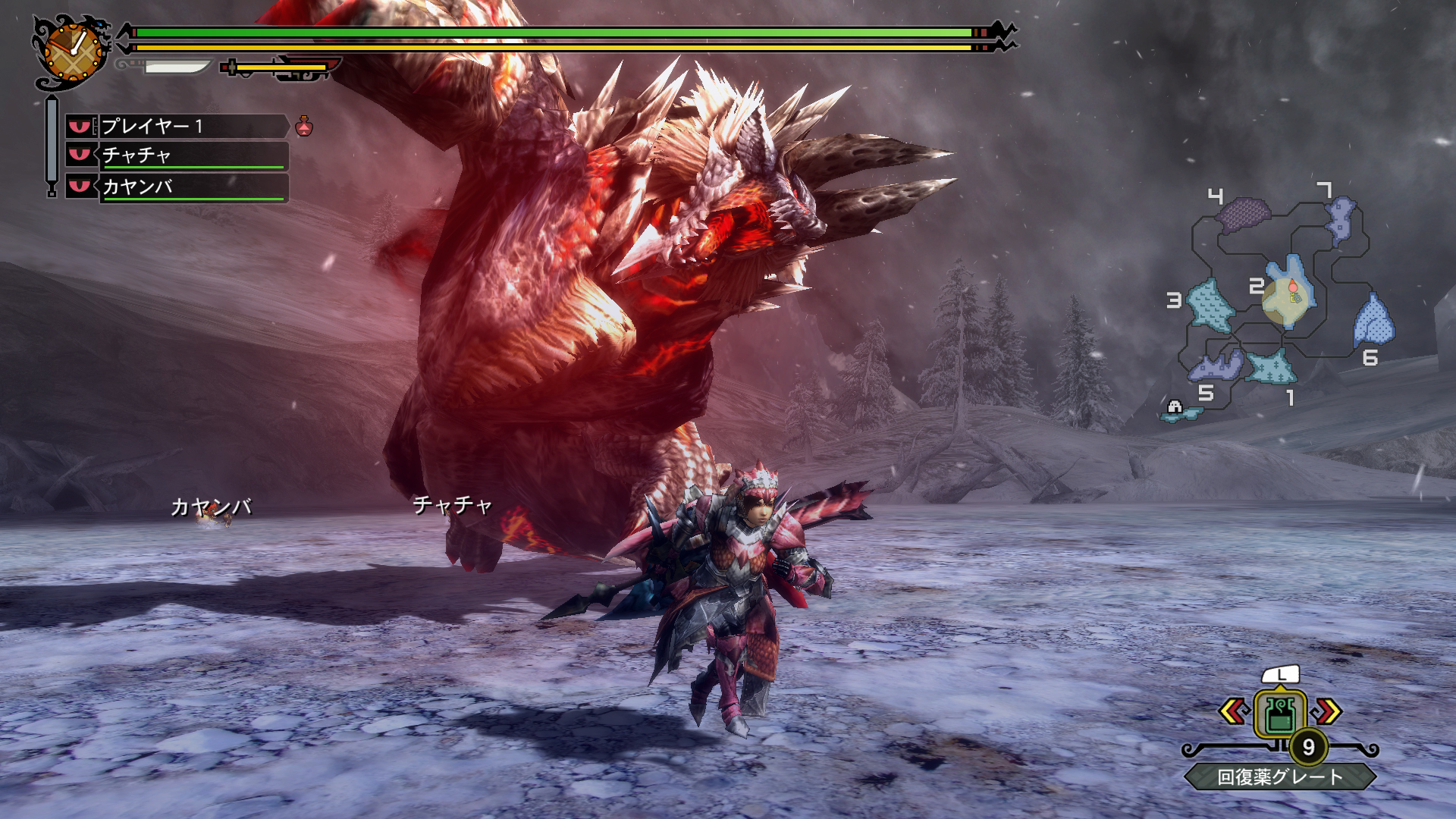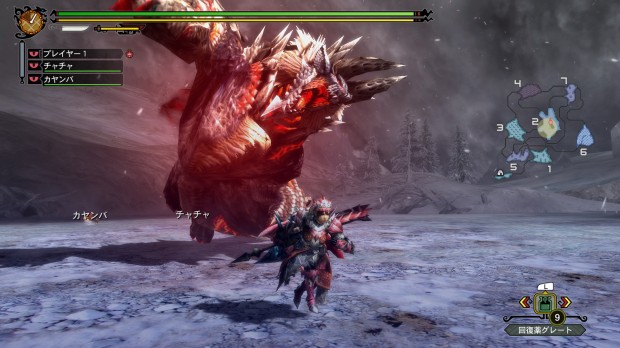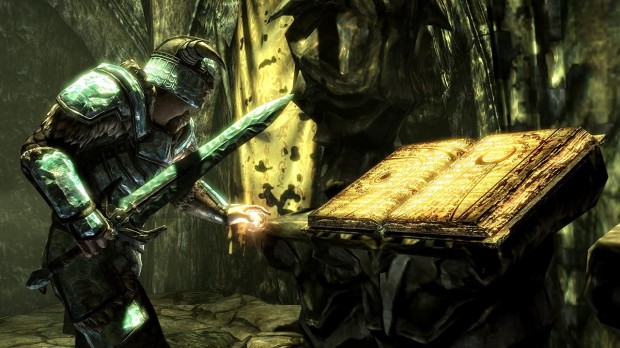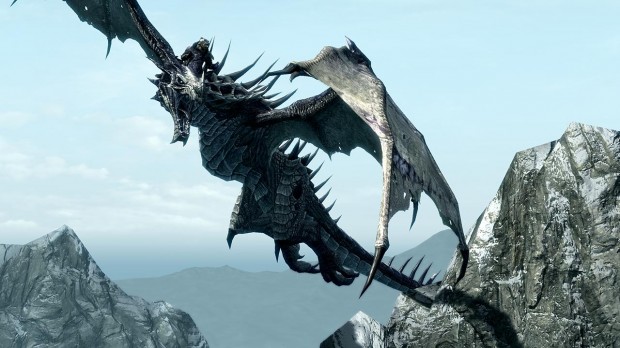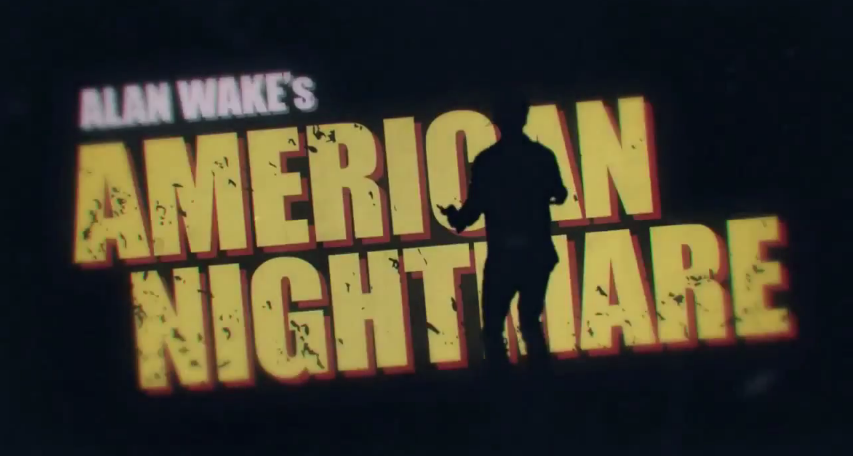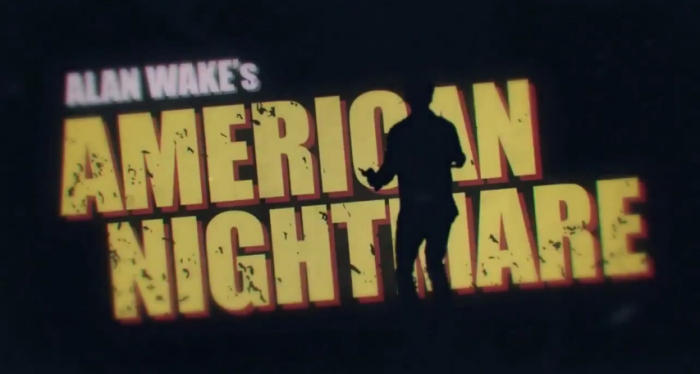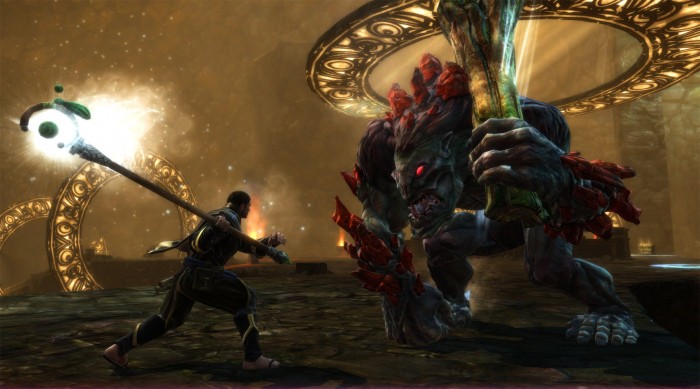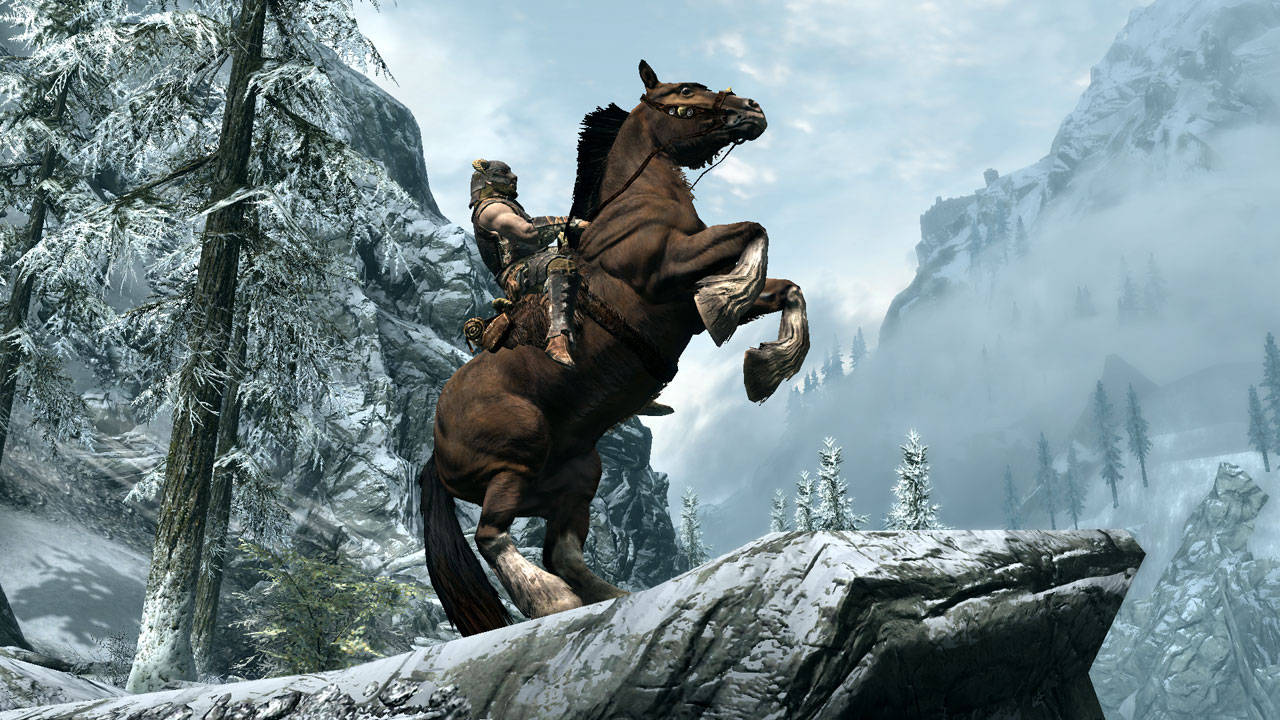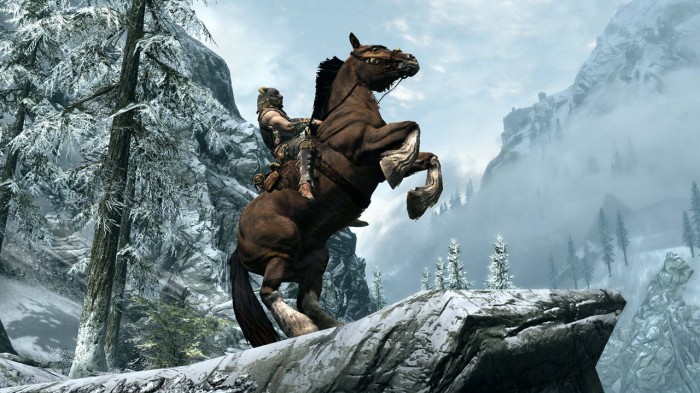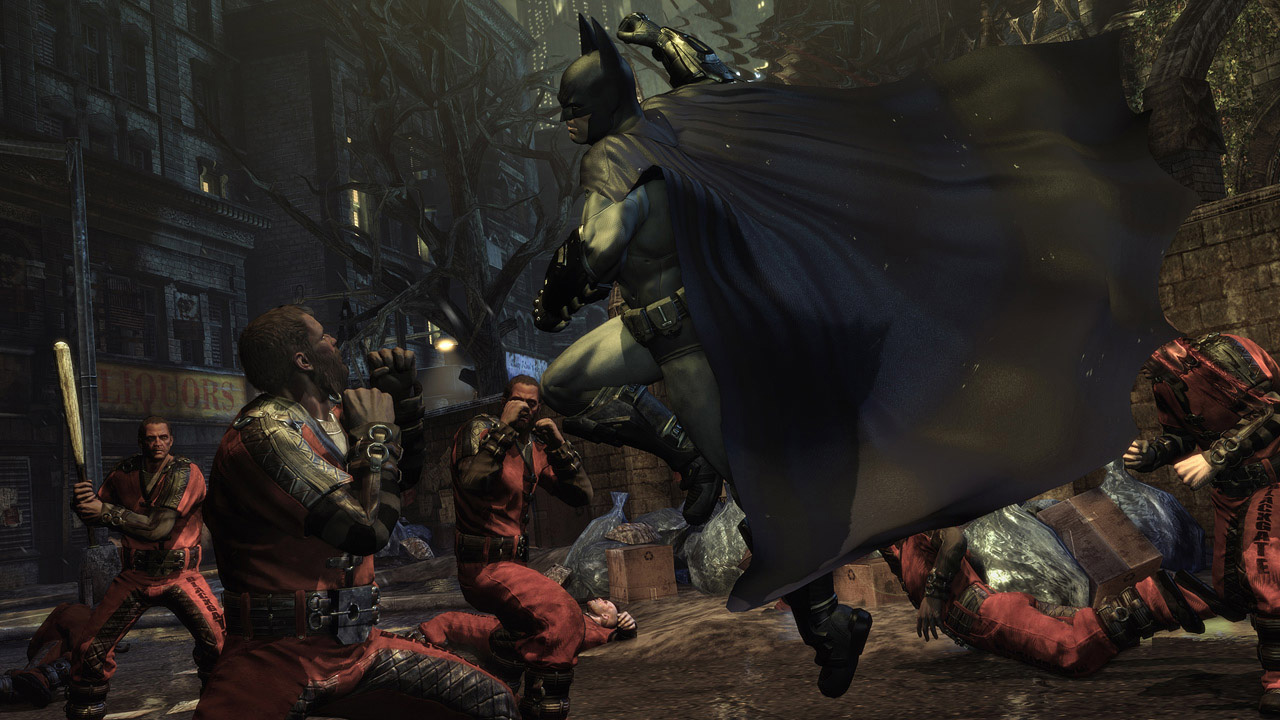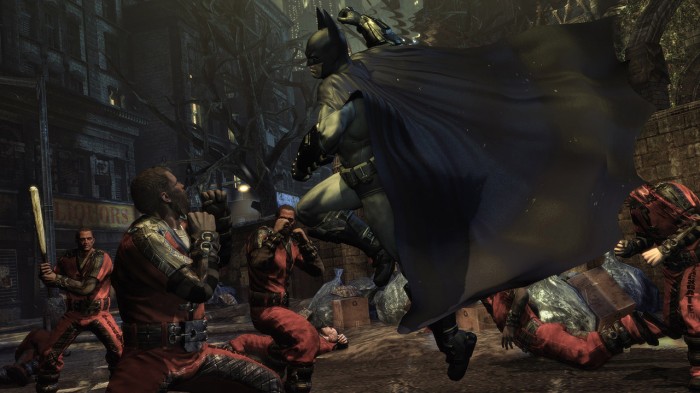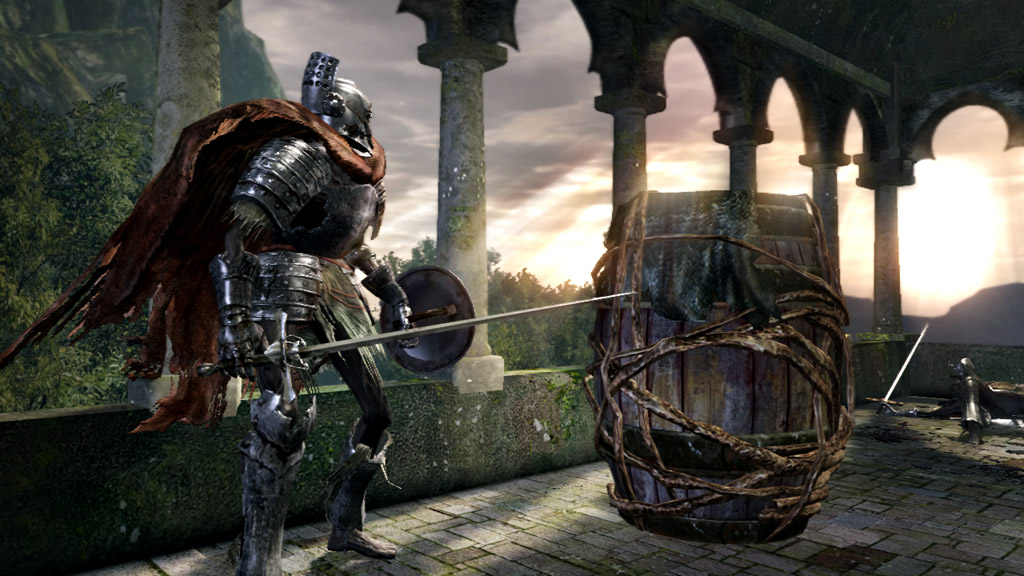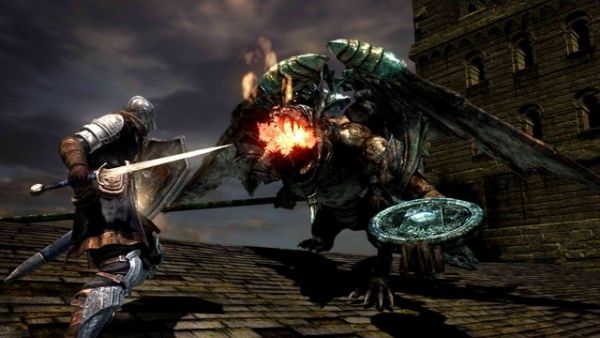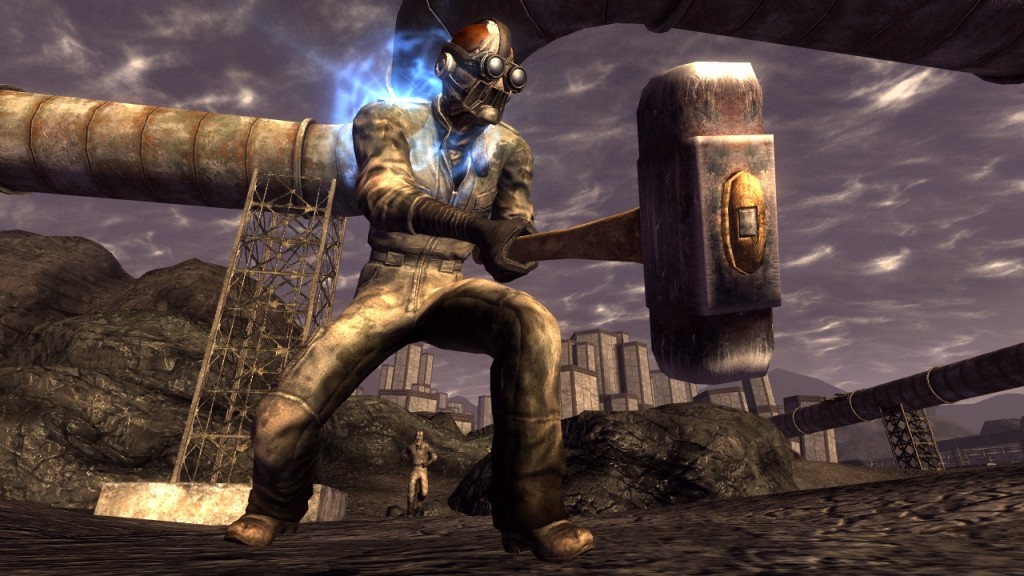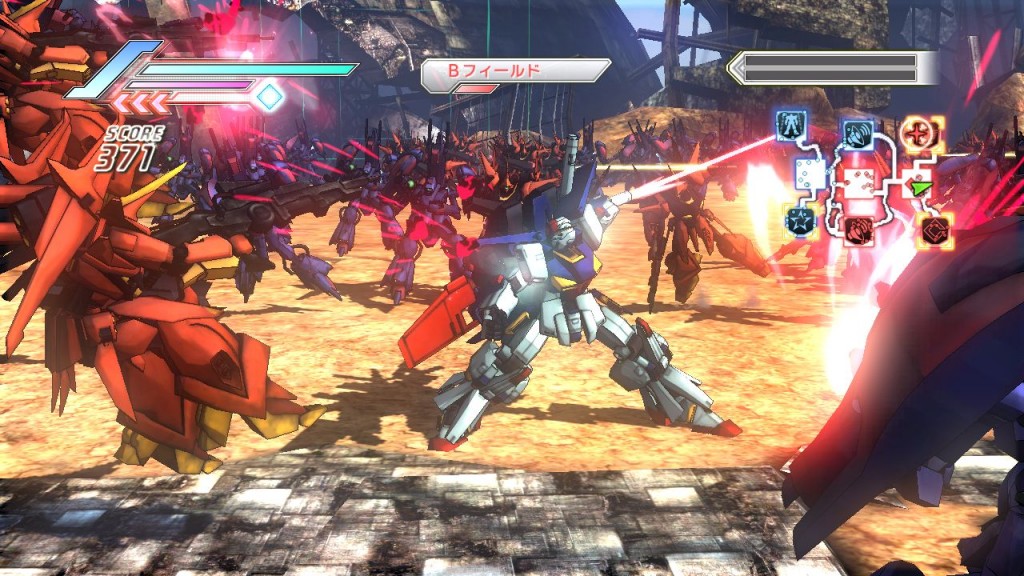There are various experiences one can have while playing a game these days. You can be told an engrossing story. You can experience a roller-coaster ride of summer blockbuster proportions. You can kill hours with your friends in all-out online war. Skyrim, the latest in Bethesda Softwork’s massively successful Elder Scrolls series takes place 200 years after Oblivion (the series’ previous installment) gives you an experience wholly it’s own. Skyrim gives you the entire world. Sure, games you’ve played before have touted open world gameplay or the flexibility of user choice but you’ve never played Skyrim.
As the game opens, you find yourself in the shoes of a prisoner, as is tradition in Elder Scrolls titles. You have been arrested for illegally crossing the border of the Nordic nation of Skyrim as it teeters on the brink of civil war. Just as your execution is to be carried out a dragon descends from the sky, allowing your escape in the ensuing chaos. That’s where the hand-holding stops. After your escape, you’ve seen roughly thirty minutes of Skyrim and the game seemingly could care less where you go from there. You’re given a little nudge towards the starting point of the central quest line but, outside of that, you’re on your own. Or so you think.
This is all the doing of the Radiant Quest system, promoting NPCs to the role of quest-giver…
First and foremost, Skyrim is a game that values and encourages exploration but never forces it upon you. There are no ticking clocks to race and nothing dictating where and when to go to a far off town. The star of the show here is the game’s new ‘Radiant Quest’ system. I cannot over-emphasize the fact that you can go anywhere and do nearly anything you want – even from the first, breathtaking moments of the game. While you pursue whatever activity you like, the Radiant Quest system is in the background, chugging away. It pokes you in tiny ways, suggests places to go or landmarks to see. You may visit an inn in the city of Falkreath and meet a woman whose husband is being held captive by bandits two cities over. You may be walking down the streets of Winterhold and over hear of a dragon attack near a local farm. This is all the doing of the Radiant Quest system, promoting NPCs to the role of quest-giver in an effort to get out there and explore off the beaten path.
Bethesda has every reason in the world to want to make you explore every inch of Skyrim. This is one gorgeous game. Running on the developer’s brand new Creation engine, Skyrim is a sight to behold. Grass gently swaying in the breeze, the dawn of the Aurora Borealis late into the night, the ripped tendons of a zombie’s neck. These are but a few of the many things to take your breath away. Everything in this game has been crafted with loving detail, from the smallest items in the environment to the architecture of the cities you’ll visit. The world has a believable weight to it and the environments all tell a story. The cities all have a very distinct look and their own identity. Whiterun, for example, is perched atop a hill in the middle of an expansive plain. The city itself escalates up the slopes until finding the majestic castle Dragonkeep at the peak. The whole city gives way to a very Lord of the Rings feel, echoing the horse-centric Edoras from The Two Towers. Other cities may find themselves carved out of a mountain or nestled in the swampland. One thing is for sure, you’ll never see two places that look anything like each other in the entire game world.
Further showcasing the outstanding design of the game are the loading screens. It seems that Bethesda is rightfully proud of the craftsmanship that has gone into creating the game world and as such has chosen to feature movable models of game assets on the loading screens to keep you busy. Most often these are related to whatever you are currently doing, but sometimes it’s just awesome to see the level of detail put into something as small as the head of a mage’s staff.
I’m pleased to report that the Creation Engine is outperforming the previous Gamebryo builds used for Oblivion…
Being that this is a Bethesda title, one might expect tedious load times and buggy gameplay. I’m pleased to report that the Creation Engine is outperforming the previous Gamebryo builds used for Oblivion, Fallout 3 and New Vegas in leaps and bounds. This is a massive game with some 300+ teased hours of gameplay, 60,000 lines of dialogue recorded, and one of the largest game worlds available with hundreds of different locations to explore. That being said, the entire game fits on one DVD. With all this data being compressed onto one disc for the XBox (compared to two discs for Dead Space 2, two discs for Mass Effect 2, and three discs for L.A. Noire) one would expect major bugs to be present, especially given Bethesda’s history. The Pitt DLC for Fallout 3 froze my XBox almost every ten minutes or so. Fallout: New Vegas was almost unplayable at launch due to the number of game crashing bugs. Skyrim doesn’t suffer from these same issues. Gameplay is smooth, in close to fifty hours of gameplay my system only froze once, textures load smoothly and with little to no pop in, and rarely did the game slow down or stutter on me. Load times were acceptable for a game of this size, most of the time clocking in at around twenty to thirty seconds. The Creation Engine is definitely a powerful one (ed.note: I cant wait to see if they are using it in Fallout 4!)
So, exploration is great and the game doesn’t freeze. What about dragons, you say? There has been a year’s worth of hype surrounding this game and most of it has been centered on the chance to fell dragons with your own two hands. Skyrim does not disappoint. Your first real battle against one of these beasts happens about two hours into the main quest line and from then on out dragons will pop up at almost any time. Some of them are tied to quests but most of them will just be found free roaming the world. These are epic battles. My average time taking a dragon down is about fifteen minutes. You’ll stay on your feet, constantly searching for cover, plucking away at the beast with your bow and arrow until it comes crashing to the ground. Once grounded, you charge in to attack and as the dragon dies its soul is released to you.
Dragon souls. Yum!
Dragon souls. Yum! These fuel one of the most exciting new aspects to Skyrim, your “Shouts”. You see, your character is known as the Dovahkiin, or Dragonborn. You have dragon blood in your veins allowing you to understand and use their language. Throughout the world there are ancient dragon words to seek out and the power behind each one is unlocked by absorbing a dragon’s soul. Put these words together and you get immensely powerful magic spells known as Shouts. Shouts offer exciting new combat options, expanding beyond the realm of dual wielding to triple wielding.
Aside from shouts, you can also map attacks to each trigger. Magic in one hand, melee in the other? Sword and shield? Bow and arrow? All powerful two handed warhammer? Any combat setup you can imagine is possible, allowing you to approach battles in the way you see fit. Doing things the way you want to is important in Skyrim, especially since that’s how you’ll level up. Leveling only happens after increasing your skills. Increasing your skills only happens by actually doing things. Put it all together and this is a game that grows around you depending on the way you choose to play it. There was no need to spend skill points to turn my character into a super awesome battle-mage ninja. All I had to do was cast fireballs, use my mace, and sneak around a lot and the game filled in the rest for me. Once leveled up, all I had to do was choose whether to buff out my Magic, Stamina, or Health and choose a new perk for an existing ability. No more stat tracking, just go out and act.
Skyrim is a massive game. The level cap has been set at 50 before any DLC. I have been at it for over 40 hours and I’m only a level 19. I’m already dreading the amount of time it’s going to take me to finish Skyrim. If you’re looking for the best bang for your buck, look no further. Skyrim is for you. Taking the award-winning gameplay of Oblivion and marrying it with a beautiful graphic overhaul and a game engine that won’t crash, Bethesda has made possibly the greatest console RPG of all time. Go buy this game now.
Note: Skyrim was provided for review on the XBox 360. The game was installed to the hard drive to best match the technical experience of playing on the PS3. In this case the XBox 360 install provided better textures, comparable to the mandatory install on the PS3. A day one patch is also available for all platforms to improve stability and performance.

